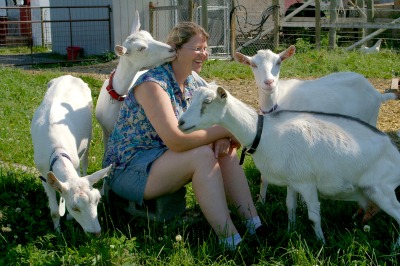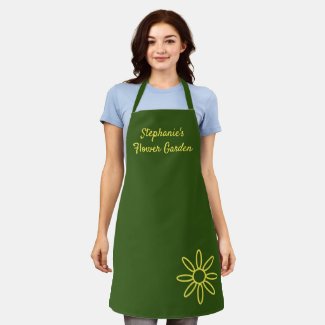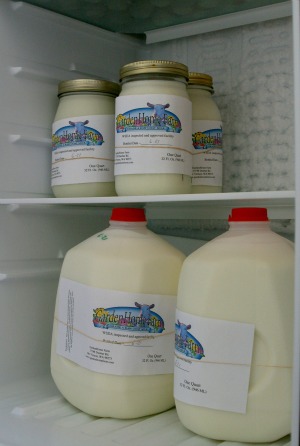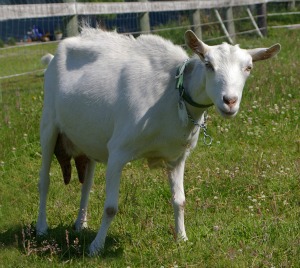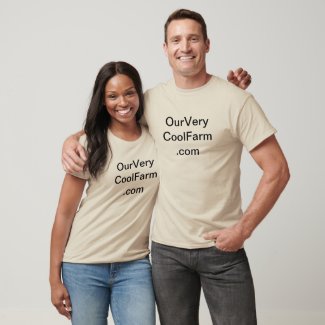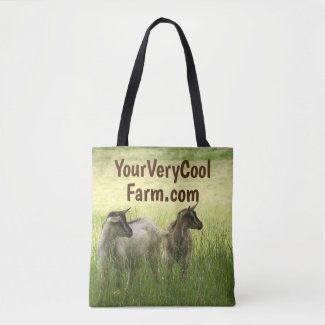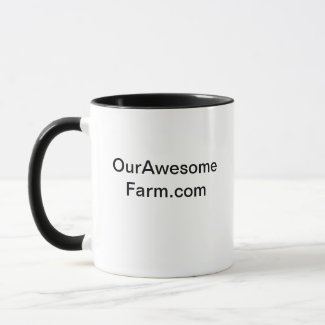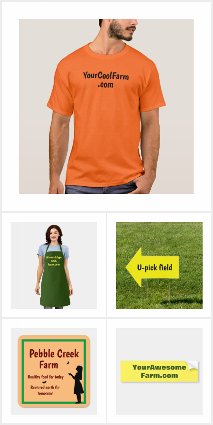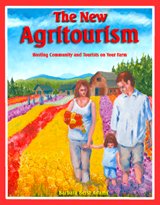Micro Raw Milk Goat Dairy Shares Secrets and Challenges
A version of this article first appeared in AcresUSA Magazine
by Barbara Berst Adams Text and photos copyright National Lilac Publishing, LLC
GardenHome Farm is a sustainably operated Grade A micro raw-milk goat dairy and free range egg farm in Washington State, where raw dairy is currently legal as long as strict dairy regulations are met. It’s operated by the Schleh family: Joan Schleh and her husband, Steve, and their three school aged children: Elizabeth, Ian and Daniel. The goat breeds on GardenHome Farm are bottle raised Saanens, the large white Swiss breed, with the occasional reddish brown Oberhasli.
Milk is sold on-farm by honor system, and at farmers markets and the local food co-op. From the farm, it’s offered in quart glass jars and plastic containers in larger amounts. Eggs are sold directly from the farm, only. On-farm customers drive past their blue Victorian home to get deliciously filled jars, jugs, or cartons out of the special cooler set aside for daily dairy and egg offerings. Along with paying, they write down their names, what they purchased and its price, and whether or not they returned a jar from a previous pick up.
“I love having people stopping by for milk and eggs,” Joan said about this honor-system set-up. “I love that when they enter here they are becoming a part of my farm--the reason for my being a farm.
They have to
be honest, because if I did not have honest people coming by, they
wouldn't get far: they have to drive up my driveway past the house and
the kitchen window. They then must face my fearsomely barking (but good
natured) German Shepherd. They must figure out my IQ test- a goat proof
(and often human proof) latched gate. They must sign in. New
customers--I always meet first, and show them the ropes. I empty my
money jar pretty regularly so there is never too much money in it. I
figure that whatever money someone may cheat me out of, I have more than
made up by adding trust back into this world.”
When one enters the farm, a country paradise of beautiful flower gardens to the left of the driveway fills the front yard of their home. The farm itself started out being operated only in the backyard of the house. “Everything is small,” Joan said, “although it all meets the same certification requirements of a normal large dairy. We were just imaginative enough to translate those requirements into micro language.”
Their home sits on two acres but they started out only utilizing a fraction of an acre for their whole farming operation. Today, they’ve been allowed to lease additional space from their neighbors, and their operation totals about one and one quarter acre. “At this point I am only using about one half acre next door because that’s all I have fenced for the goats,” Joan said. “On our property we utilize about 3/4 of an acre for our goats. The chickens go anywhere they like but mostly where the goats are.”
The Schlehs milk about a dozen dairy goats, tend their flock of freerange laying hens and the occasional turkey, and also homestead other farm products for their own personal use. The extra land next door has been useful. While their goats didn’t eat down their lush green pastures back when they only utilized their own ¾ acre, and even though their free-ranging chickens help with parasite and manure distribution, as Joan noted, it’s still important to let pastures rest for rejuvenation and better parasite control. As sustainable farmers now well know, nature intended grazing and browsing animals to eat briefly, then move on for certain lengths of time before returning to previously visited eating grounds, allowing nature’s cycles to cleanse and restore. The additional land now helps make that possible.
Marketing
Thanks to educational web sites such as RealMilk.org, publications such as AcresUSA, and others, the number of people aware of the deeper and complex health benefits of properly produced sustainable raw milk is gaining ground. RealMilk.org, for example, reports that raw dairy has been proven to reverse disease and increase health. It leads readers to documents and case histories that demonstrate those points. Joan says that the more she read about the benefits of raw dairy, the more revolutionary she realized her family’s chosen farmed product was.
The growing desire to find raw milk sources, especially sources raised on pasture (when possible) and with all of nature’s trace elements in the diet, has helped the Schlehs find buyers. A farm website was created, and customers began to seek them out. “People come to my farm after calling me because of seeing my web site,” Joan said, “or trying my milk that they bought at the food co-op, or from the RealMilk.com listing, or just from word of mouth. (Selling right off the farm) is my favorite way of selling, especially since it is the only way customers can get the milk in glass containers, which I have them return.” Like many small farms, GardenHome has found that a variety of methods have helped market the milk and eggs and spread the word to people who eventually purchase directly off the farm. As far as even more marketing possibilities, Joan is aware of many, but has only so much time to try them out. “I must admit,” Joan said, “that marketing is difficult. Oh, I get lots of ideas and suggestions, but implementing them takes time, which I have the least of. My web site has generated the largest number of customers for sure, and farmers markets are great if you can get to them, especially the ones in the city. Also, having a local farmer-friendly food co-op is wonderful.
They really do practice what they preach, and even though I take in only a small supply, they are still willing to stock my milk. There is definitely more competition now, and I need to go looking for customers rather than them all finding me.”
The Schleh’s marketing plan also includes continuing to educate customers and encouraging new food traditions. “At peak season (mid summer),” Joan said, “many of my regular customers are on vacation or not thinking ‘milk,’ while I am sailing on my own lake of milk. Then, in the fall as the supply dwindles, everyone wants to be healthy and I have more customers than I can supply. I urge my customers to stock up on milk in the summer (just like canning the summer bounty) by freezing milk for the winter dry time when the goats are not producing anything.” As more people are coming to understand, milk is ideally a seasonal product without drugs or other manipulations to force animals to produce without the break nature intended. Our ancestors depended on making cheese and other fermented dairy products which extended the life of their dairy when they had no refrigeration or freezing capacity.
And on-farm education learned by non-farming citizens (a form of agritourism as described in The New Agritourism: Hosting Community & Tourists on Your Farm) helps them make empowering life choices. “Our society is mainly an urban society now with little understanding of farm life, cut off from an understanding of our food sources,” she said. “This leaves us vulnerable to manipulation and propaganda by large pharmaceuticals and agribusinesses. I believe that we must do whatever we can to educate the next generation to be protectors of sustainable living.”
Beyond Organic Nutrition
The farm’s goats enjoy green pasture throughout the year as weather permits, clean hay, and a special formula Joan describes below. So far the goats have remained exceedingly healthy. “We, like many goat owners,” Joan said, “recognize that goats have a high mineral requirement, being natural browsers and used to getting their minerals from deep rooting plants and trees. Therefore, we supplement with a veritable cocktail.
First we feed an organic grain mixture which I mix myself, then supplement with commercial goat minerals mixed with sea kelp. The sea has all the earth's minerals mixed in a perfect ratio to one another and provides much needed iodine as well.” Joan said that her formula is based on Pat Coleby's recipe in her book, "Natural Goat Care." “It includes oats, barley, wheat, corn, sunflower seeds, linseed meal, kelp, and dolomite,” Joan said, reminding that her adapted formula may not work on all goats.
Different breeds, geographical locations, even different minerals in different soils and pastures could make a difference in a herd’s health and grain needs. But so far, her mixture based on the Coleby recipe has kept her goats very healthy. “We always soak our grain, adding some apple cider vinegar to it. This way the mixture doesn’t sift anything out to the bottom of the pan and the grain is eaten soaked, which is the healthiest way to consume grain.”
“We also have available a deer salt lick for them and offer baking soda whenever their gut needs it,” Joan said. “Baking soda is to settle the goat's rumen and re-establish the proper pH when something they've eaten has thrown it out of whack, just like a little Alka Selzter. Finally, we add apple cider vinegar to their water.” Joan assures that the goats don't erupt into a science project volcano with this combination of vinegar and baking soda! All animals have unique needs, and catering to each species’ needs appears to work very well for GardenHome goats. “With goats, like all animals,” Joan said. “prevention is the key to health, and we have had no serious illnesses and no reason to reach for antibiotics or regular medicines.
Blending the chickens into the whole farm picture
“I love our chickens!” said Joan. “They are whimsical; they are humorous; they are predictable; they are emotional.” You don't want to fluster their feathers or they get bent out of shape, so we choose to let them rule the roost.”
While listening to the stories of the Schleh’s chickens, Joan continued to help change our minds about the supposed patriarchy of the animal realm: it is not always so, sometimes the matriarch rules. “Roosters act as herders and watch dogs and must do a little feather dance to ask permission of a hen to be her rooster,” Joan explained.
The Schlehs understand the usefulness of chicken tractors to give chickens a new fresh diet and to let them fertilize, debug and de-weed chosen areas of a farm or garden. But in the case of GardenHome Farm, the chickens’ freedom has proven more valuable not only to the farm, but to the flower gardens and the animals’ stress-free health. “They do whatever they want, go wherever they want, and in return they lay for us the best eggs anywhere to be had. Being social creatures, they need freedom to choose their companions and their environment. They walk around in little cliques of two's and three's and take dust baths together often in the same hole. Chickens have a strong hierarchy and that keeps peace in the flock.”
Small
home flocks have been regaining popularity around the country, and
chickens are re-establishing their usefulness as laborers on smaller
farms and homesteads. The GardenHome chickens are no exception. “They
are excellent field and garden workers,” Joan said. Her chickens scratch
up the goat manure in the fields, allowing it to break down faster.
They also keep composting hay loose and aerated so it decomposes sooner.
And, GardenHome Farm chickens are excellent flower gardeners if your
garden happens to be mostly made up of established perennials. “They
methodically work their way through my flower bed, scratching every day
so that weeds have no chance of coming up,” Joan said. “I have a very
large flower bed which I have never weeded this summer and there is
nothing around each plant. Even if they don't lay, they are worth their
keep. At night they all gather back and tuck themselves away in their
roosting house, each in their own familiar spot, safe and sound.” (In other instances, goats can be great weeders and brush controllers also.)
During the day, the chickens have another innovative shelter, a tent, for laying eggs and hanging out in wet weather. “The tent would work fine as a roosting house if that's all you had,” Joan said, “but you would have to put up some bars high enough off the ground so that they are safe. After dark when a chicken is asleep they don't budge, so they can't protect themselves. I've even stepped on one that was sitting on the ground after being locked out at night, and she didn't move.” A tent shelter may work for some farms, but part of the reason it works for the Schlehs is because they live close to their chickens, and so do their protective dogs, and Joan reported that chicken predators had not been a problem for them.
Other farms might find tents too easy for night predators to penetrate, unless extra protection is erected around the tent. Wind is also a factor. “To secure the tent from blowing away (which it did to us at first),” Joan said, “we secured it by pounding in t-stakes and placing the hollow legs of the tent over them and tying it down. We have another tent out in our field for hay storage.” Joan said the tent cost them about $175 new. “We have friends who use them for housing their commercial rabbits very successfully,” she said.
Joan currently works the micro farm and homeschools her children full time, while husband Steve works full time outside the farm, contributing to it on the weekends, a dynamic that happens often to new farmers until they can both farm full time. “We pay as we go, so we carry no huge bank loan to pressure us, but that means we grow very slowly,” Joan said. “For now, that's okay, because that is sustainable in the way of quality of life. We still have customers thanking us for doing what we are doing. That is true payment.”
Update: Since the above profile was written, GardenHome Farm leased 15 acres next door. They've added grass-fed beef as a product for sale, using innovative rotational methods to produce it on just 15 acres. They also breed and sell quality dairy goats. They temporarily discontinued their dairy license and focused on their rare breed grass-fed cattle and showing their goats, with the milk kept for their own use. Now with their (human) kids grown and them not involved in homeschooling anymore, they may sell dairy again via various cheeses in the near future. We LOVE how these small micro eco-farms, unlike huge corporate agribusinesses, can adapt gently over time to their own -- and the world's -- changes. We need more of them!


